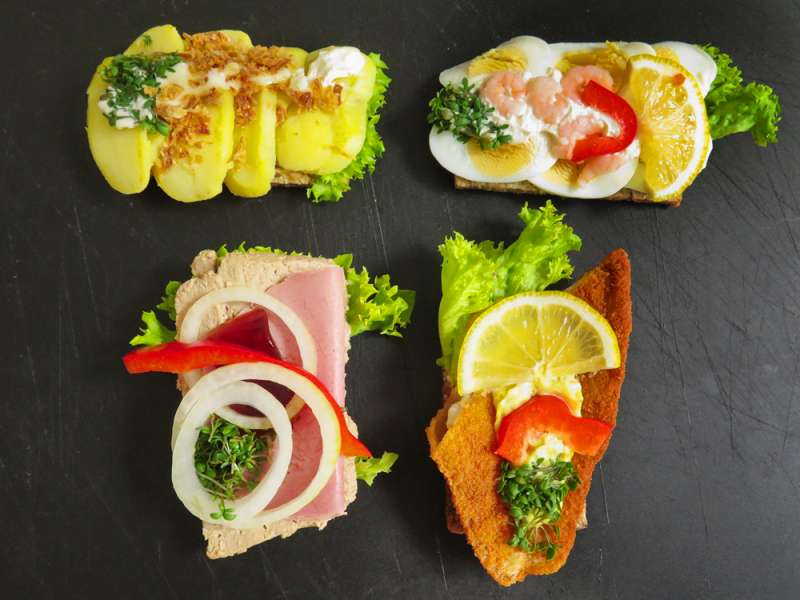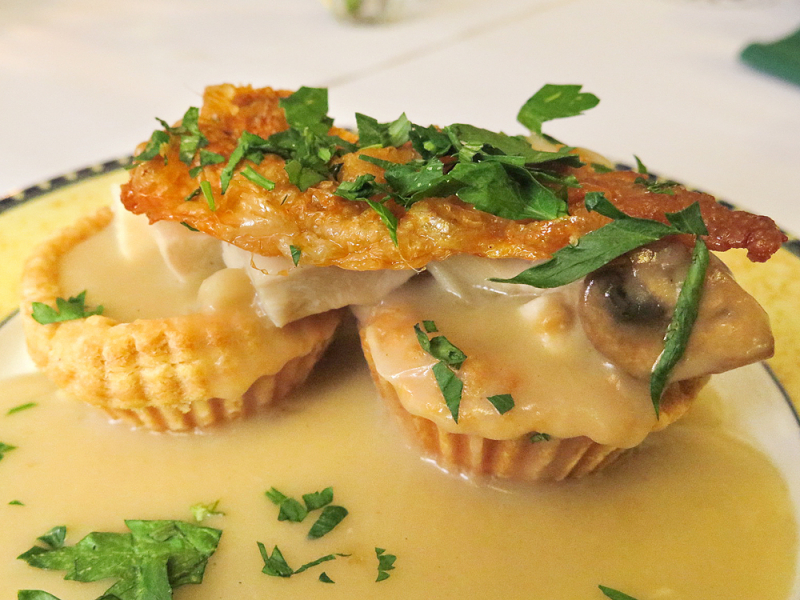Special cuisine in Denmark
Danish cuisine arose from the peasant population's own local resources and was strengthened by late-nineteenth-century cooking skills and the increased availability of commodities during and after the Industrial Revolution. When cooked and ornamented with a variety of exquisite ingredients, open sandwiches, known as somrrebrod, which in their basic form are the traditional lunch fare, can be called a national specialty. Hot meals are usually made with meat or fish. Flaeskesteg (roast pork with crackling) and kogt torsk (poached cod with mustard sauce and trimmings) are two substantial meat and seafood meals. Ground meats (pork, veal, or beef) became popular throughout the industrial revolution, and traditional meals such as frikadeller (meatballs), karbonader (breaded pig patties), and medisterplse are still popular (fried sausage). Denmark is famous for its Carlsberg and Tuborg beers, as well as its akvavit and bitters, although imported wine has grown in favor among Danes since the 1960s.
Cooking in Denmark has long been influenced by foreign and continental practices, and the usage of imported tropical spices such as cinnamon, cardamom, nutmeg, and black pepper may be dated back to the Middle Ages and, according to some, to the Vikings.
Some Danish chefs have been developing the new Danish cuisine, an innovative manner of cooking focused on high-quality local ingredients, since the early 2000s. The international gourmet community has taken notice of and celebrated this new attitude and food. It has contributed to a significant number of highly acclaimed restaurants in Copenhagen and the province, some of which have been awarded Michelin stars.














